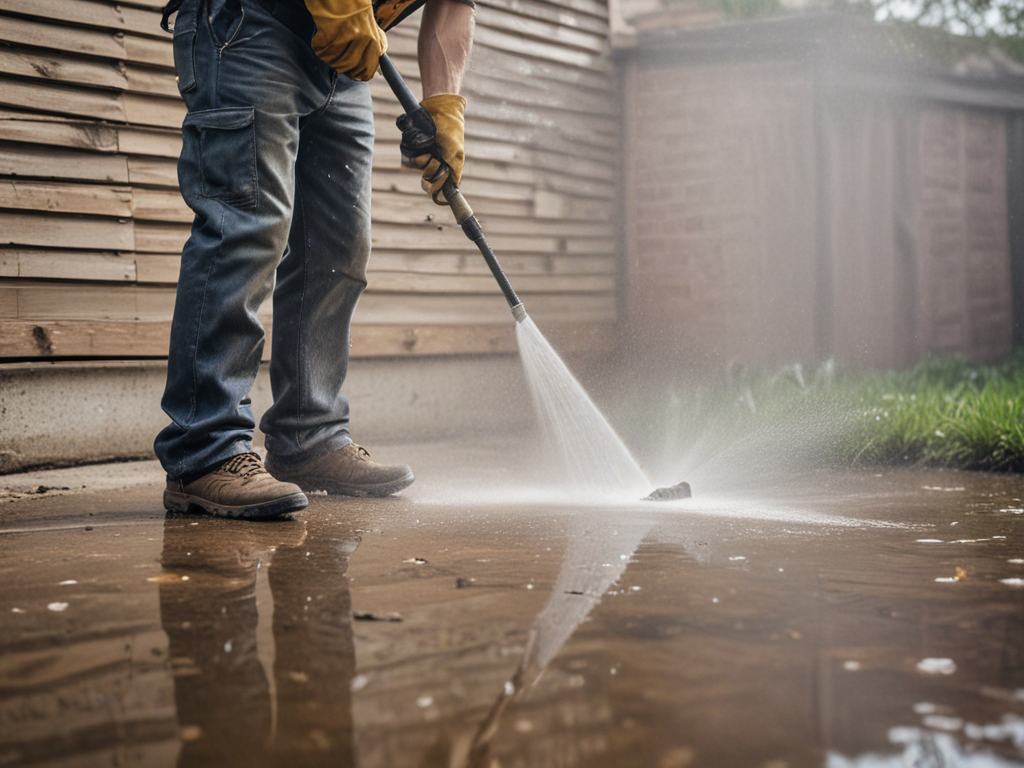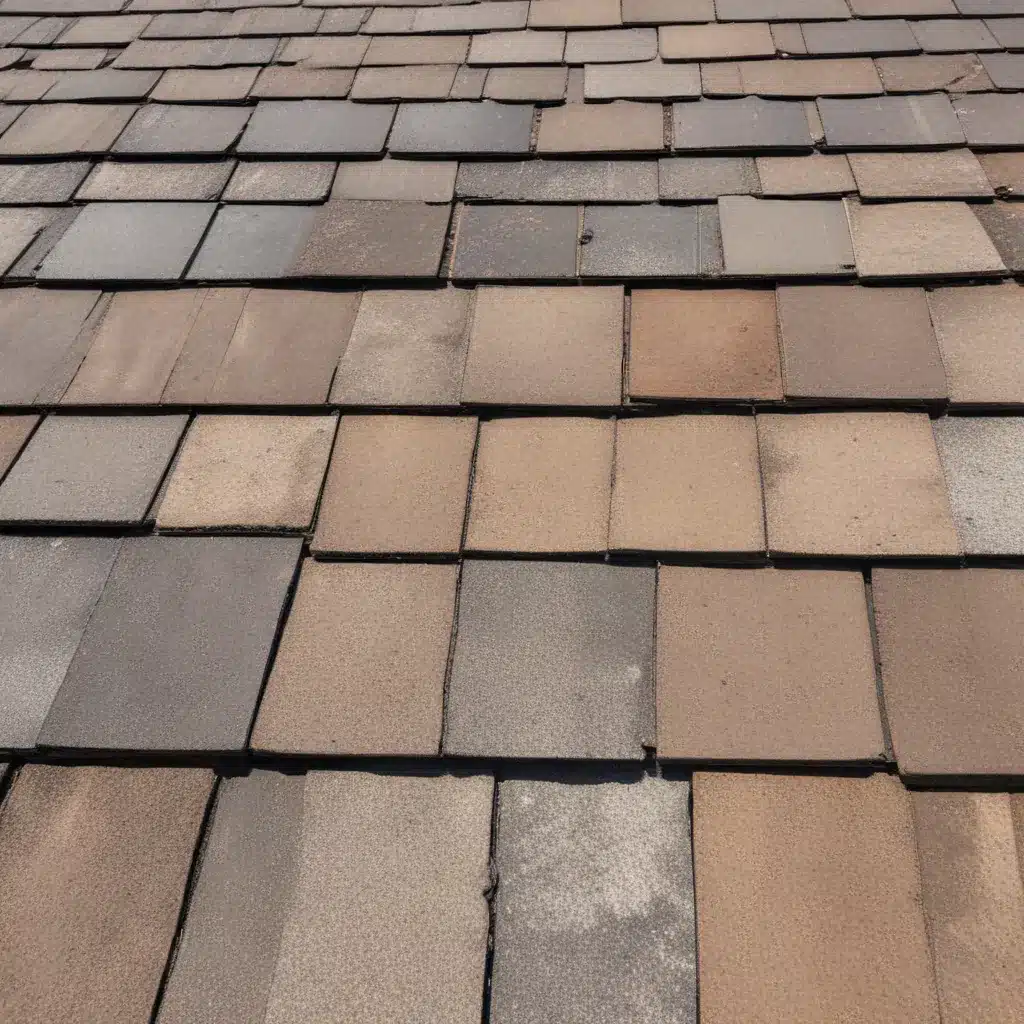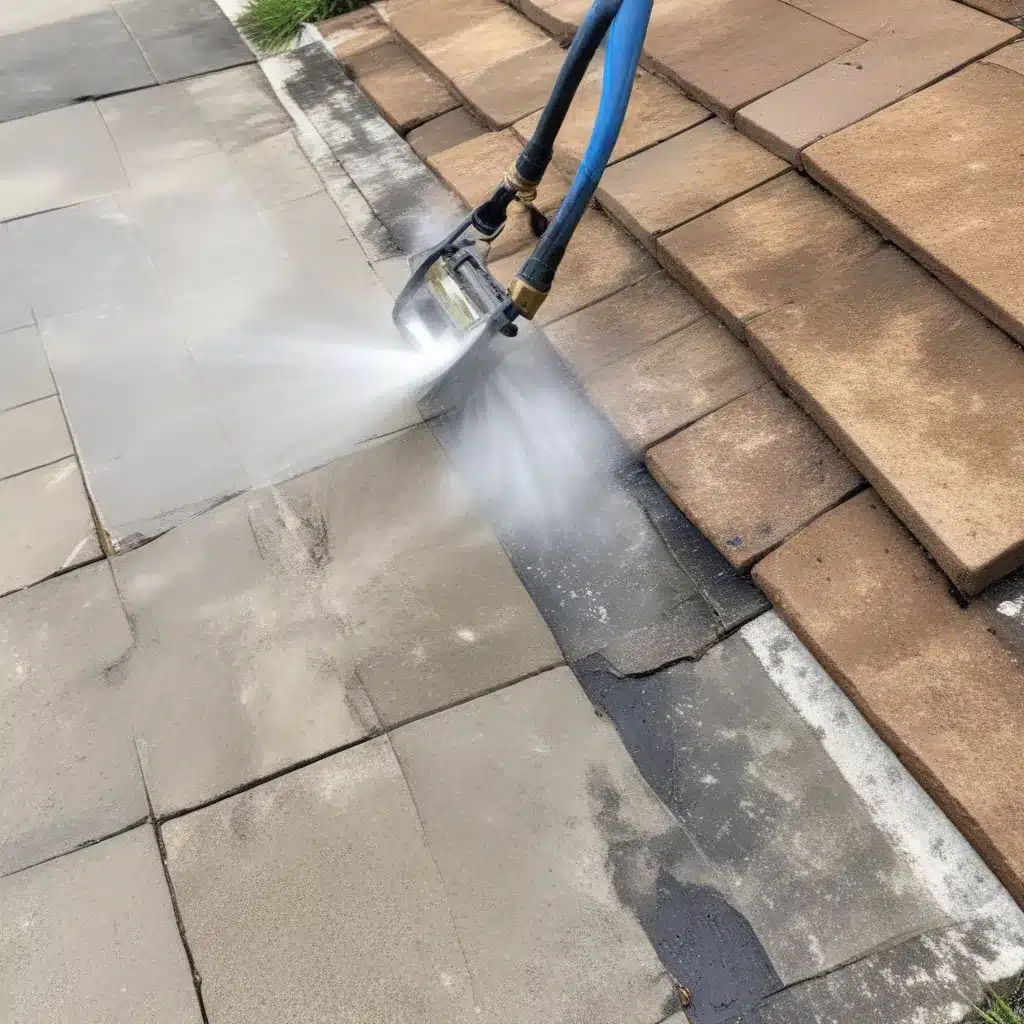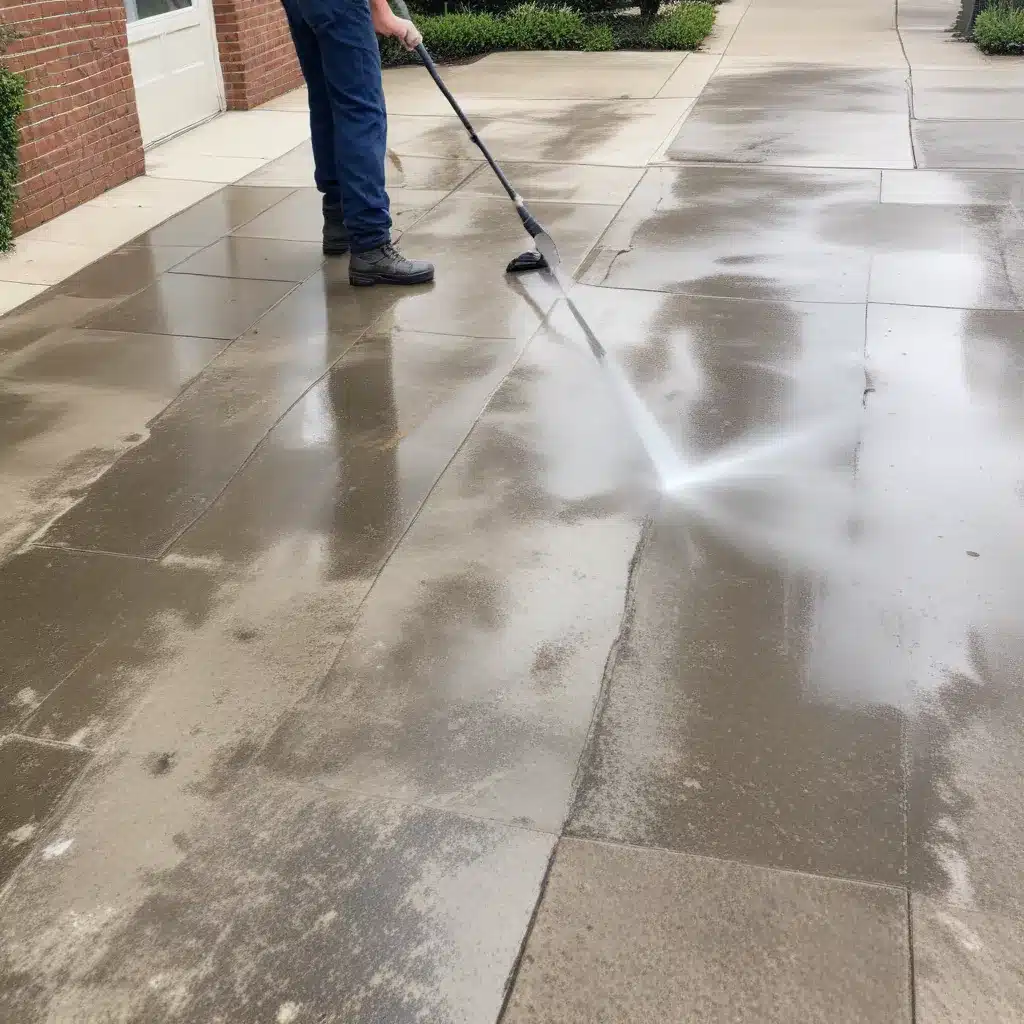
When it comes to DIY pressure washing, it’s like wielding a powerful wand to banish grime and dirt. The satisfaction of seeing surfaces gleam anew is unmatched. But, before you unleash that pressure washer, there are crucial tools, safety tips, and techniques to master. From selecting the right equipment to troubleshooting common issues, understanding the ins and outs of pressure washing is key. Stay tuned to uncover the secrets to achieving pristine results without a hitch.
Key Takeaways
- Essential tools: Pressure washer, cleaning solutions, nozzles, safety gear
- Safety first: Conduct risk assessment, follow guidelines, avoid hazards
- Choose wisely: Consider power source, surface needs, pre-treatment
- Effective techniques: Adjust pressure, clean nozzles, maintain equipment, follow consistent pattern
Essential Tools for DIY Pressure Washing
What are the essential tools I need for DIY pressure washing at home? Well, let’s get down to business! First off, you’ll need a reliable pressure washer. Make sure it’s in good working order by keeping up with equipment maintenance. Ain’t nobody got time for a busted machine when you’re in the mood to blast away dirt and grime!
Next up, don’t forget about your cleaning solutions. It’s like having the right condiments for your pressure washing burger – essential! Whether it’s a specialized cleaner for tough stains or just good ol’ soap and water, having the right cleaning solutions can make all the difference in the world. Plus, it’ll make your driveway sparkle like a freshly washed car.
Safety Tips to Keep in Mind
When it comes to pressure washing, ensuring your safety should be the top priority. Wearing the right protective gear and conducting a thorough risk assessment before starting are crucial steps in preventing accidents. By following these safety tips, you can enjoy the benefits of pressure washing while minimizing the risks involved.
Protective Gear Importance
Proper protective gear is essential when operating a pressure washer to ensure personal safety and prevent potential injuries. Wearing the right gear, like safety goggles, non-slip footwear, and ear protection, can shield you from the impacts of debris, chemicals, and loud noise. The proper equipment isn’t just for show; it’s your shield against the health hazards lurking around pressurized water. Trust me, you don’t want to learn the hard way that a simple task like pressure washing can turn into a messy situation without the right protection. So, suit up, gear up, and let’s tackle those dirty surfaces with confidence and safety in mind. Remember, safety first, clean second!
Risk Assessment Before Starting
Before firing up the pressure washer, conducting a thorough risk assessment is crucial to ensure a safe and successful cleaning operation. When it comes to risk assessment, think of it like preparing for a blind date – you want to be ready for anything! Identify potential hazards such as electrical sources, slippery surfaces, or rogue garden gnomes that may obstruct your path. Take preventive measures by wearing appropriate safety gear like goggles to protect those peepers. Make sure your work area is clear of obstacles, just like decluttering your mind before a big test. Remember, a little risk assessment goes a long way in keeping you safe and your pressure washing endeavors incident-free.
Choosing the Right Pressure Washer
Selecting the appropriate pressure washer for your needs can make a significant difference in the cleaning results you achieve. When considering pressure washer types, you’ll encounter two primary options: gas-powered and electric models. Gas-powered washers offer more power but can be heavier and require more maintenance. On the other hand, electric models are lighter, easier to maintain, and better suited for smaller tasks. Power source options are crucial – gas for mobility and power, electric for convenience and ease of use.
When it comes to choosing the right pressure washer, think about your specific cleaning requirements. If you’re dealing with stubborn grime on driveways or large surface areas, a gas-powered washer might be the way to go. However, for tasks like washing your car or cleaning patio furniture, an electric pressure washer could be just what you need. Remember, the right pressure washer can turn a daunting cleaning job into a satisfying and efficient task. So, choose wisely, my friends!
Preparing Surfaces for Pressure Washing
When preparing surfaces for pressure washing, it is essential to assess the level of dirt and grime accumulation to determine the appropriate cleaning approach. You don’t want to attack a small spill with a sledgehammer or use a feather duster on a mud pit – balance is key. For delicate surfaces like painted wood or soft stone, consider surface protection to prevent any accidental damage. It’s like giving your grandma a raincoat before she faces a storm; a little extra care goes a long way.
If you’re dealing with stubborn stains or layers of grime that just won’t budge, a chemical pre-treatment can be your best friend. Think of it as giving those tough spots a little pep talk before the big cleaning showdown. Just remember, always follow the instructions carefully – you don’t want to accidentally turn your patio into a science experiment gone wrong. So, assess, protect, treat, and get ready to unleash the power of the pressure washer!
Effective Techniques for Cleaning
When it comes to effective pressure washing, understanding surface preparation tips, selecting the proper nozzle, and following a correct cleaning pattern are crucial. These key points ensure that the cleaning process is efficient and yields the best results. Mastering these techniques will help achieve a thorough and professional cleaning outcome.
Surface Preparation Tips
To effectively prepare surfaces for pressure washing, it is crucial to thoroughly assess the type of material and the level of grime present. Before diving into the cleaning process, conducting a pre-wash inspection can help identify any delicate areas that may require special attention. Additionally, considering surface compatibility is key to prevent damage. For example, using high pressure on sensitive surfaces like wood can result in unwanted splintering. Therefore, it’s important to adjust the pressure levels accordingly. By taking these factors into account, you’ll ensure a successful cleaning job while avoiding any mishaps along the way. Remember, a little prep work goes a long way in achieving those squeaky-clean results!
Proper Nozzle Selection
Selecting the right nozzle is crucial for achieving optimal cleaning results with a pressure washer. When it comes to proper nozzle selection, here are a few essential tips to keep in mind:
- Nozzle Maintenance: Make sure to regularly check and clean your nozzles to prevent clogging, which can affect spray patterns and overall performance.
- Spray Coverage: Choose a nozzle that provides the right spray pattern for the surface you are cleaning. Different nozzles offer varying degrees of coverage, from narrow to wide.
Cleaning Pattern Importance
Maintaining an appropriate cleaning pattern is essential for achieving effective results with a pressure washer. When tackling a dirty surface, don’t just go all Picasso with your spraying; instead, think strategically. Start from the top and work your way down in overlapping sweeps to ensure thorough cleaning and prevent streaks. This not only maximizes cleaning efficiency but also saves water, incorporating important water conservation tactics. By following a consistent back-and-forth or circular motion, you can cover the entire area evenly, avoiding the dreaded patchy look. So, next time you fire up that pressure washer, remember that the key to sparkling success lies in your cleaning pattern – it’s like painting, but with way more power!
Maintaining Your Pressure Washer
Regular maintenance of your pressure washer is essential for optimal performance and longevity. Here are three key maintenance tips to keep your pressure washer running smoothly:
-
Pump Maintenance: Just like us, pressure washers need some TLC for their heart – the pump. Check for any leaks, ensure proper lubrication, and clean out any debris that may be clogging the pump to keep it pumping like a champ.
-
Hose Care: Treat your pressure washer hose like the lifeline it is. Inspect it regularly for cracks or damage, and avoid any kinks that could restrict water flow. A healthy hose means a happy pressure washer!
-
Filter Check: Don’t let your pressure washer breathe in dirty air. Keep the intake filter clean and free of debris to prevent clogs and ensure proper airflow. Remember, a clean filter is a happy filter.
Troubleshooting Common Issues
When troubleshooting common issues with your pressure washer, a systematic approach can help identify and resolve problems efficiently. Pressure loss can be a frustrating problem, but before you panic, check for any clogs in the nozzle or hose. Sometimes a simple cleaning can solve the issue and get you back to blasting away dirt and grime in no time. If pressure loss persists, it might be a sign of a more serious problem that requires professional attention.
Another common headache is dealing with water leaks. These sneaky leaks can waste water and reduce your pressure washing power. Start by checking all connections for tightness and inspecting the hoses for any signs of wear or damage. A quick fix could be as simple as tightening a connection or replacing a worn-out O-ring. However, if the leak persists, it’s best to have a professional take a look to prevent further damage.






